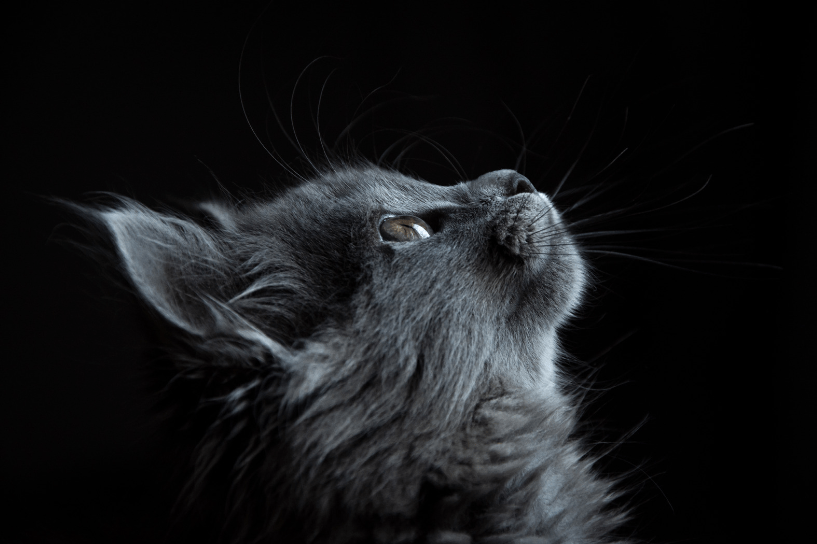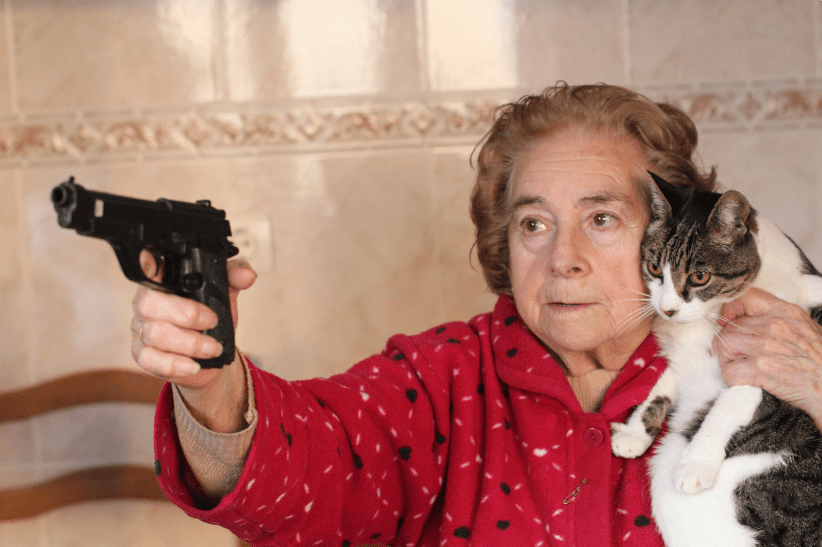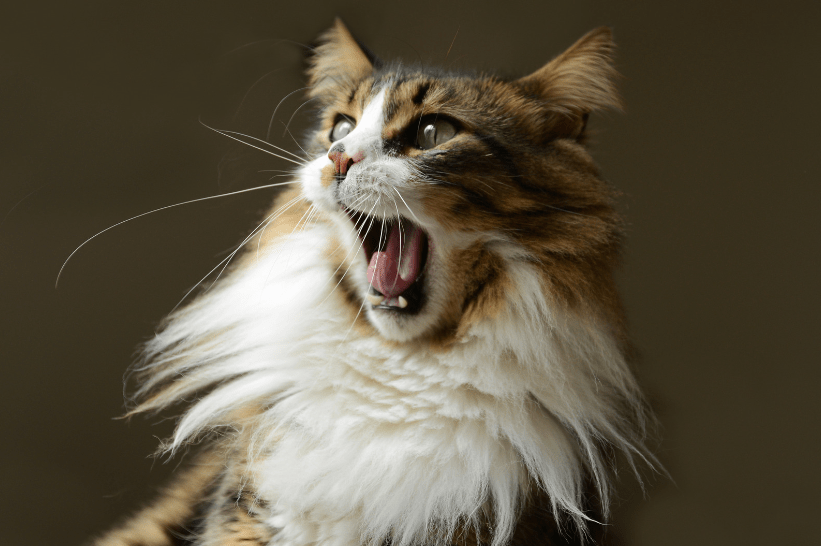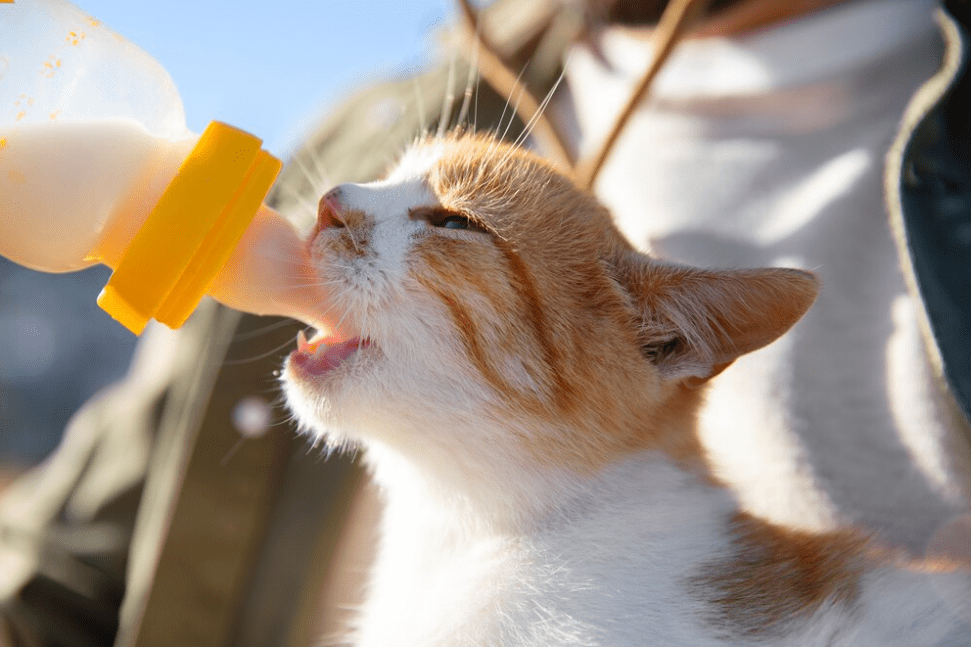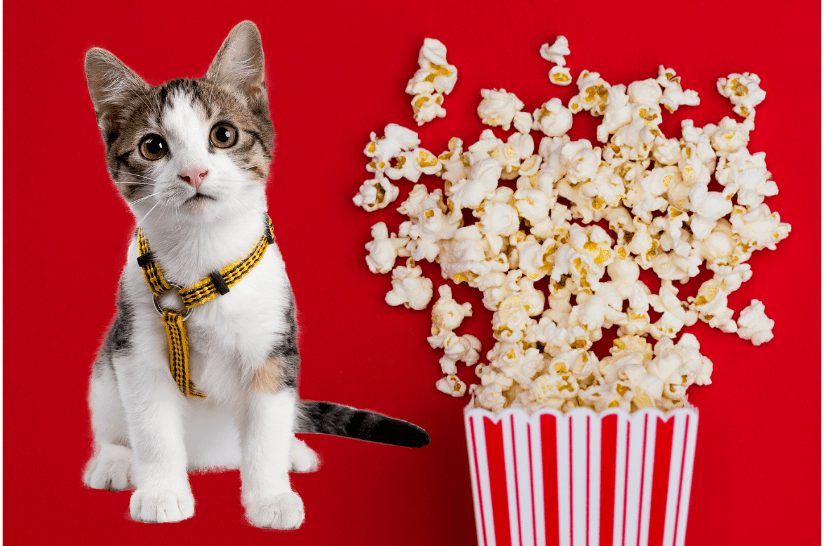How Often Should a Cat Groom Itself? Cats typically groom themselves several times a day. This self-grooming can total up to several hours daily.
Cats are known for their impeccable grooming habits, which play a crucial role in maintaining their overall health and hygiene. Frequent self-grooming helps them eliminate loose fur, dirt, and parasites. It also aids in regulating their body temperature and promoting blood circulation.
Owners often notice their feline friends engaging in this behavior after eating or when they wake up from a nap, reflecting the innate desire to stay clean and comfortable. Good grooming habits are a positive indicator of a cat’s well-being, making it essential for pet owners to observe and understand their cat’s grooming routine. Should any changes occur, such as an increase or decrease in grooming frequency, it might signify health issues, warranting a consultation with a veterinarian.
Cat Grooming Basics
Every cat owner should ask, “How often should a cat groom itself?” The answer lies in understanding cat grooming basics. Let’s dive deep into understanding the significance of self-grooming in cats and learn about their natural grooming behaviors.
Significance Of Self-grooming In Cats
Self-grooming, also known as allogrooming, is vital to a cat’s health and well-being. This action:
- Removes dead hair from their fur,
- Stimulates the growth of new hair,
- Distributes natural oils to keep their coat shiny,
- Fights off parasites such as fleas,
- And most importantly, relieves stress and helps bond with other cats.
Natural Grooming Behaviors
Cats start grooming at a very young age, picking up the behaviors from their mothers. Some of these behaviors include:
- Washing their face using their front paws,
- Licking their body from head to tail,
- Chewing their nails to keep them sharp,
- And finally, rolling in dirt or grass to clean their fur.
Typically, cats spend around 30% to 50% of their waking hours grooming themselves. Keep an eye on your cat’s grooming habits to ensure they’re healthy and happy.
Frequency Of Feline Grooming
Often, cat owners ponder on the grooming frequency of their feline friend. Is it excessive or just right? Let’s explore below.
How Much Is Too Much?
Cats compensating for boredom with grooming is a common phenomenon. They do it more when acute grooming is witnessed for hours. This condition is termed psychogenic alopecia.
- Too much grooming indicates stress.
- It can cause bald patches and skin infections.
- Contact a vet if this becomes regular.

Signs Of Insufficient Grooming
Not grooming enough disrupts the cat’s health, causing complications. Check for these signs:
- Presence of matted or knotted fur
- Dirt, dander, or feces on skin/fur
- Abrupt change in grooming habits
Any of these symptoms require immediate veterinary attention to ensure the health and happiness of your feline friend.
Under The Fur: Understanding Cat Skin Health
To ensure a healthy, happy cat, pet owners need to understand the importance of cat skin health. Not only is it vital for their overall well-being, it also plays a significant role in their routine grooming habits.
Common Skin Conditions
Cats can suffer from a range of skin problems. Issues from parasites to allergies can cause discomfort and disease.
- Fleas – These pesky insects cause itching, hair loss, and other skin issues.
- Ringworm – This fungus leaves circular, hairless patches on a cat’s skin.
- Allergies – Allergies can cause cats to itch, scratch, and develop rashes.
The Skin-grooming Connection
There’s a clear connection between cat skin health and grooming. Regular grooming keeps skin clean and healthy. Grooming reduces the risk of skin issues by removing dirt and parasites. It also helps to distribute natural oils across the cat’s skin, fostering a healthy coat.
The Role Of Grooming In Cat Bonding
The role of grooming in cat bonding goes far beyond cleanliness. Cats use grooming to strengthen social bonds. This intimate act helps to build trust and affection among felines, while also offering comfort and reducing stress.
The Social Aspects Of Grooming
Cats often groom each other in a behavior known as allogrooming. This happens mainly between cats that are close and comfortable with each other, signaling trust and companionship. It’s not just about licking fur—it’s a sign that says, “You’re part of my family.”
- Grooming creates a peaceful group dynamic.
- Allogrooming targets hard-to-reach areas like the face and neck.
- It is a way for cats to show care and affection for one another.
Helping Your Cat Groom
If a cat cannot groom properly, it might need help from their humans. This can be due to age, sickness, or other issues. Helping your cat groom strengthens your bond and ensures their well-being.
| Brushing Frequency |
Benefits |
| Daily |
Reduces hairballs, spreads natural oils |
| Weekly |
Keeps coat smooth and clean |
- Choose the right brush for your cat’s fur type.
- Make grooming a positive experience with treats and gentle handling.
- Look for signs of distress or pain during grooming sessions.
Grooming Variances Among Breeds
Cats are meticulous creatures with varied grooming habits. These habits can differ significantly among breeds. Exploring these differences helps cat owners understand the needs of their furry companions.
Short-haired Vs. Long-haired Cats
Short-haired cats generally require less grooming than their long-haired cousins. Their sleek coats are easier to maintain and less prone to matting and tangles.
- Short-haired cats often manage their grooming needs.
- Owners should brush them weekly to remove loose fur.
- Regular brushing reduces hairballs and keeps the coat shiny.
Long-haired breeds, on the other hand, have luxurious, flowing coats that demand attention. They are prone to developing painful mats and knots.
- Routine brushing, at least several times a week, is crucial.
- Detangling sprays or conditioners can be helpful.
- Professional grooming may be necessary for optimal coat health.
Breed-specific Grooming Needs
Different cat breeds have unique grooming requirements.
| Breed |
Grooming Needs |
| Persian |
Daily brushing to prevent matting; eye cleaning |
| Sphynx |
Regular bathing to remove oil buildup; ear cleaning |
| Maine Coon |
Several times a week brushing; attention to undercoat |
Owners must familiarize themselves with the grooming needs specific to their cat’s breed. Some require regular professional grooming, while others require much lower maintenance.
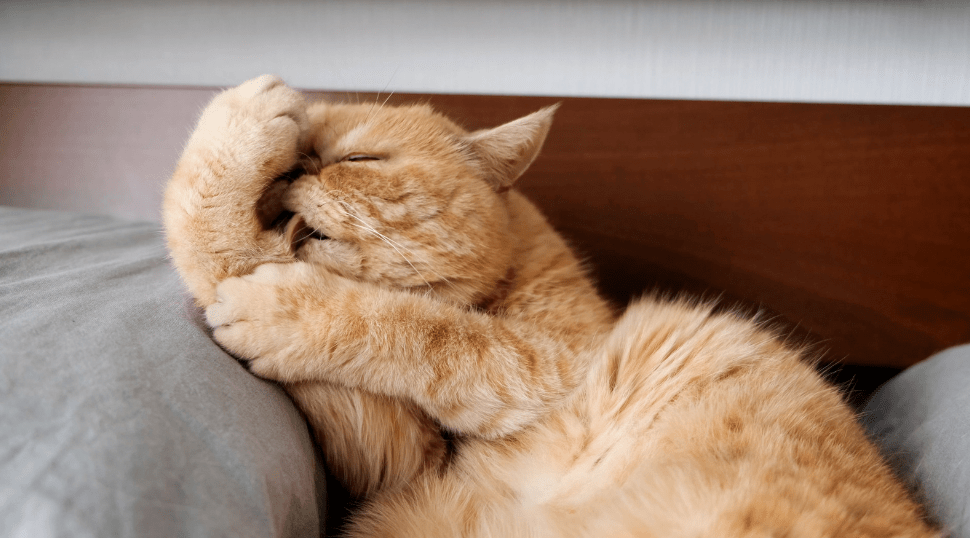
Diet And Nutrition: Impact On Grooming
What a cat eats has a big role to play in grooming. A cat’s diet affects our health and overall body condition. Healthy food leads to shiny coats. The wrong food may result in dull or dry fur. Let’s look at specific foods and supplements that affect cat grooming.
Foods That Promote Healthy Coats
Meat is crucial for cats. They require proteins, which come from meat. Fish like salmon are also great for a shiny coat than other meats. The healthy fats in fish help the fur to shine.
- Eggs are rich in protein. Adding them to a cat’s diet can help improve their coat health.
- Pumpkin is beneficial for the cat’s digestive health, which can prevent hairballs.
- Carrots contain vitamin A, which can help keep your cat’s fur healthy and shiny.
Supplements For Skin And Fur
Sometimes a diet might miss some nutrients. Supplements can help fix this. There are many supplements available for cats’ skin and fur health.
- Fish Oil is a good source of Omega-3 fatty acids. These fats are healthy for the cat’s skin and fur.
- Biotin provides a boost to the cat’s fur and skin health.
- Vitamin E promotes the health of a cat’s skin and the sheen of their coat.
Remember to consult a vet before making dietary changes. This ensures that the changes are safe for your cat.
Red Flags In Grooming Habits
Encountering red flags in your feline friend’s grooming habits can indicate potential health issues. Recognizing these unusual behaviors helps early diagnosis and treatment. Targeted on two crucial signs: over-grooming and neglect of grooming.
Over-grooming And Anxiety
Just like humans, cats can also suffer from stress and anxiety. A clear sign of this condition is over-grooming, which might make their fur thin or even cause bald patches.
- Excessive licking, biting, or chewing on certain body parts.
- Bald areas or significantly thinning coat.
- Repetitive grooming behavior.
Neglect And Illness
On the opposite side, a cat neglecting its grooming routine could suggest an underlying illness. This neglect can manifest through a dirty coat, bad odors, or evident discomfort.
- Decreased interest in grooming.
- Dirty, greasy, or clumpy fur.
- Bad smell from body or mouth.
Important: Any changes in your cat’s normal grooming routine warrant a vet check-up to discern any potential health problems. Hygiene is vital for their well-being.
Assisting Elderly Or Disabled Cats
Grooming is a vital part of a cat’s health and well-being. But as cats get older or face disabilities, they might not groom as effectively. Assisting elderly or disabled cats with their grooming can help prevent matting, and skin issues, and enhance their overall quality of life. Here, we’ll explore how to adapt our grooming assistance to match their specific needs, and when to consider professional services.
Adapting Grooming To Their Needs
Cats with limited mobility may struggle to reach certain areas. It’s crucial to monitor their grooming habits and assist where necessary. Start by observing your cat’s regular grooming routine to identify the spots they miss. Helping your cat with regular brushing can reduce hairballs and maintain skin health. For sensitive areas, use a soft-bristled brush or grooming glove. Cats with joint issues may benefit from warmed clothes to mimic the comfort of self-grooming.
- Weekly brushing sessions
- Special attention to neglected areas
- Gentle grooming tools
- Warm cloths for a soothing effect
Adapt grooming frequency to your cat’s tolerance levels. Short, regular sessions are better than longer, infrequent ones. Introduce new tools and actions slowly and with patience.
Professional Grooming Services
When home grooming proves challenging, professional groomers can be invaluable. They offer specialized services that cater to elderly or disabled cats. A professional groomer can provide a thorough cleaning, remove matted fur, and trim nails with expertise. They usually have equipment to handle cats gently, reducing stress and potential injuries.
| Service |
Benefits |
| Full Grooming Session |
Professional clean, fur detangling |
| Mat Removal |
Prevents skin irritation |
| Nail Trimming |
Reduces scratch risk, improves mobility |
Choose a groomer experienced with special needs cats. They should offer a calm environment and use safe handling practices. Regular professional grooming can help maintain your cat’s health and prevent issues before they arise.
Grooming Tools And Resources
Cats are meticulous animals, often washing themselves several times a day. For pet owners, understanding when to supplement this self-care with grooming tools is key. Let’s explore the essential grooming accessories your feline friend needs, as well as the steps to choosing safe grooming products. This ensures a happy, healthy, and well-groomed cat.
Essential Grooming Accessories
Well-considered grooming tools make the process effective and enjoyable for your cat. Here’s a list of must-haves:
- Brushes and Combs: Keep fur tangle-free and shiny.
- Nail Clippers: Protects your furniture and keeps claws in check.
- Grooming Wipes: Quick clean-ups between baths.
- Ear Cleaner: Regular ear checks prevent infections.
- Toothbrush and Cat toothpaste: Oral health is vital.
Stay tuned to your cat’s response and adapt the grooming routine as needed.
Choosing Safe Grooming Products
The KittySalon boasts a self-contained design that allows placement in any room, featuring an enclosed feeding station for the cat’s water and food. This setup ensures that small toddlers or children cannot access the cat’s provisions, preventing spills on the floor. Additionally, the family dog is unable to reach the cat’s food. To enhance visibility and convenience, the KittySalon incorporates a clear lid, permitting natural light to illuminate the feeding station. This enables customers to easily monitor and determine if the cat requires more food or water. With a modern aesthetic in attractive warm and cool gray colors, the KittySalon showcases a brilliant design. The dispensers for food and water facilitate effortless replenishment by simply removing a single cover lid, covering both dispensers. These dispensers have a generous capacity, holding 10 cups of food and 2 cups of water. Furthermore, the KittySalon promotes sustainability with groomer discs crafted from 100% recyclable material, specifically plastic bottles. This eco-friendly choice contributes to reducing the product’s carbon footprint
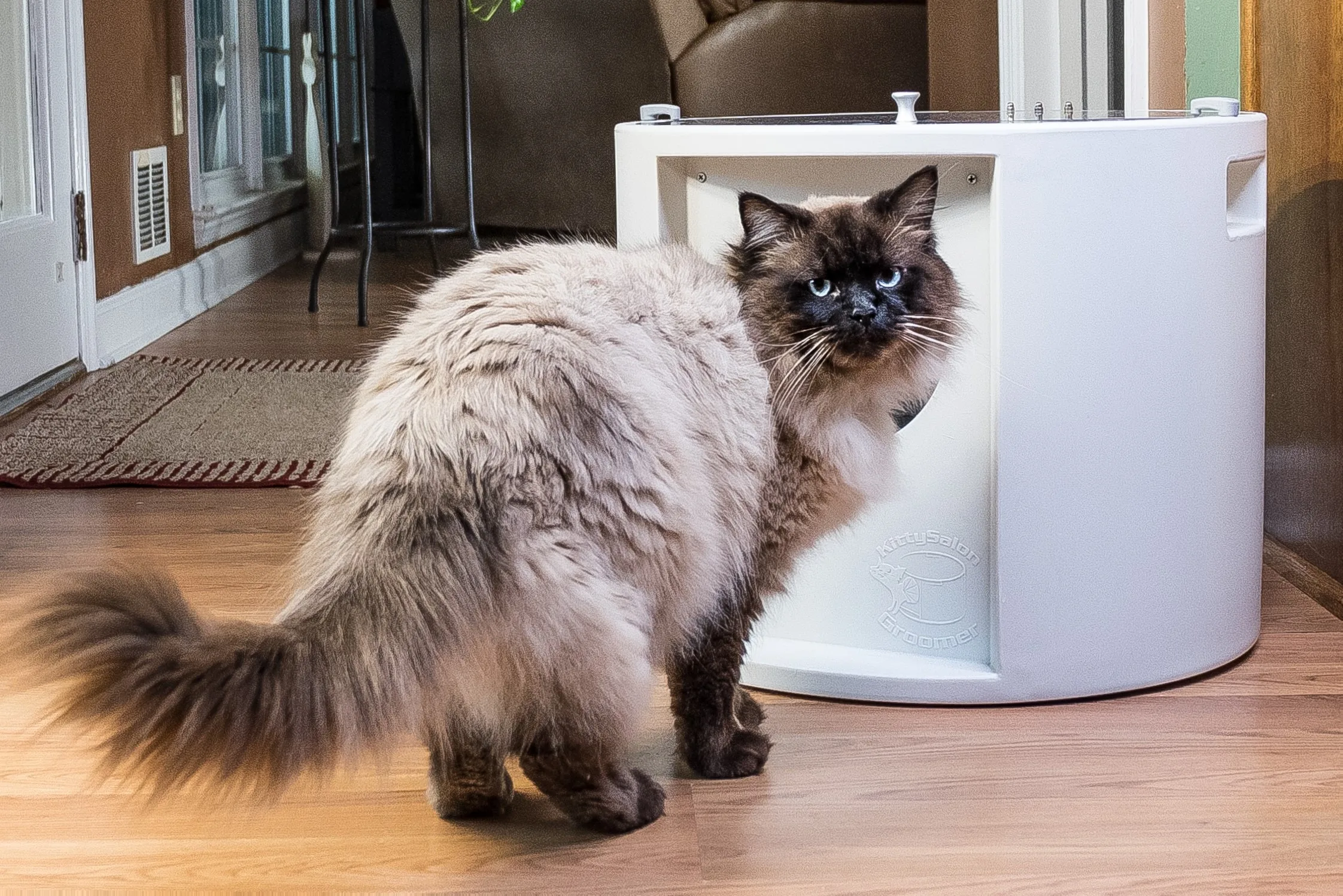
Remember, the right selection contributes to a smooth grooming session.
Creating A Grooming Routine
To help your fur baby look and feel its best, regular grooming is key. A consistent cleaning process contributes to their overall health and happiness. It’s time to get their grooming routine down to a science!
Establishing A Schedule
Start by deciding on a regular grooming time. Kittens need less grooming, once a week should suffice. Adult cats, on the other hand, need daily care.
- Short-haired cats: Brush once a week.
- Long-haired cats: Brush daily.
Pick a calm, quiet time with fewer distractions for grooming. Most cats prefer early morning or evening sessions.
Troubleshooting Common Issues
Grooming issues can be bothersome. Here, we’ll address a few common ones.
| Grooming Issue |
Solution |
| Hairballs |
Feed hairball control food. Ensure adequate water intake. |
| Matted fur |
Trim mats carefully. Use a special ‘de-matting’ tool. Consult professional groomers if necessary. |
| Aggression during grooming |
Keep sessions short. Reward cooperation with treats. |
Solving grooming issues is a way to ensure the process is enjoyable, not a chore. Take a proactive approach to your cat’s grooming routine, and see the results in the form of a healthier, happier pet.
Conclusion
Regular grooming is essential for your cat’s health, keeping fur clean and mat-free while reducing hairball occurrence. Indeed, it’s your pet’s instinct to self-groom multiple times a day. Observe your feline friend closely and if grooming becomes excessive or decreases, it might be a sign to seek veterinary advice.
Remember, an adequately groomed cat is a happy and healthy cat.

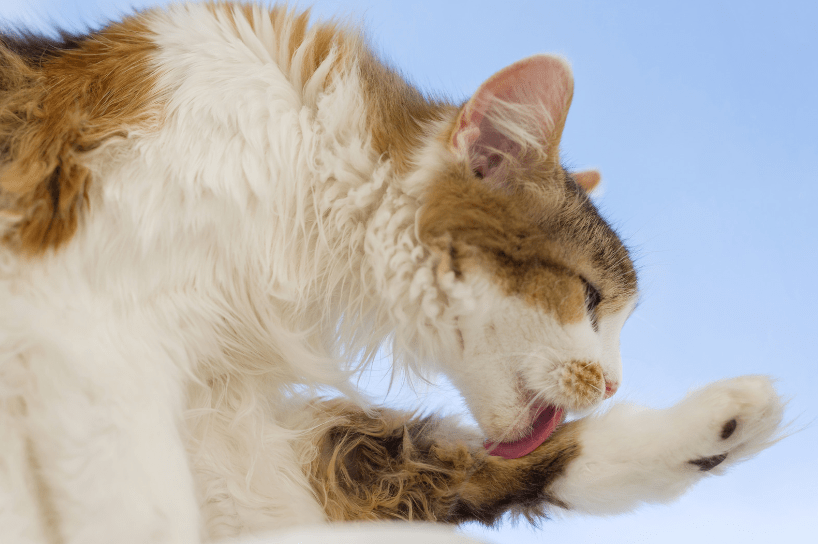


 Remember, the right selection contributes to a smooth grooming session.
Remember, the right selection contributes to a smooth grooming session.
